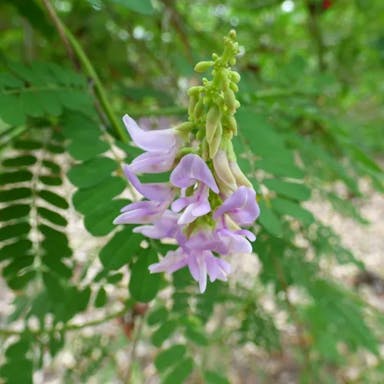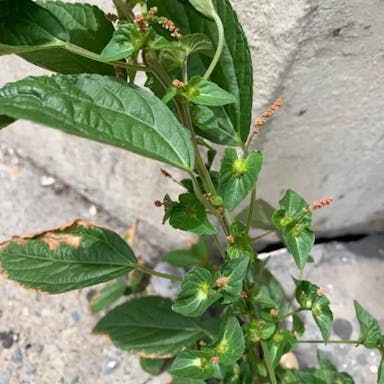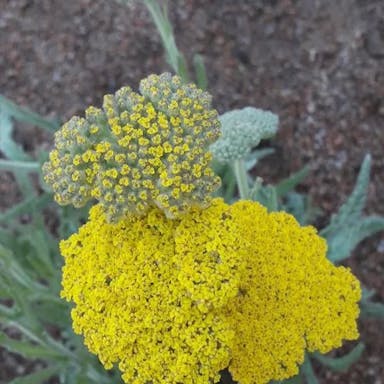Neverdie, also known as Kalanchoe crenata, is a succulent plant native to Madagascar. It belongs to the Crassulaceae family and is characterized by its fleshy, green leaves with toothed margins. The plant produces clusters of small, tubular flowers that can be pink, red, orange, or yellow in color. Kalanchoe crenata is a popular choice for indoor gardening due to its low maintenance requirements and ability to thrive in dry conditions. It is often used in rock gardens, containers, or as ground cover. The plant can reach a height of up to 12 inches and has a spreading habit. While Kalanchoe crenata does not produce edible fruits, it is primarily grown for its ornamental value. It is considered a symbol of endurance and vitality, making it a meaningful gift for various occasions. With its vibrant flowers and easy care, Kalanchoe crenata is a versatile plant that can brighten up any space.
0
0











